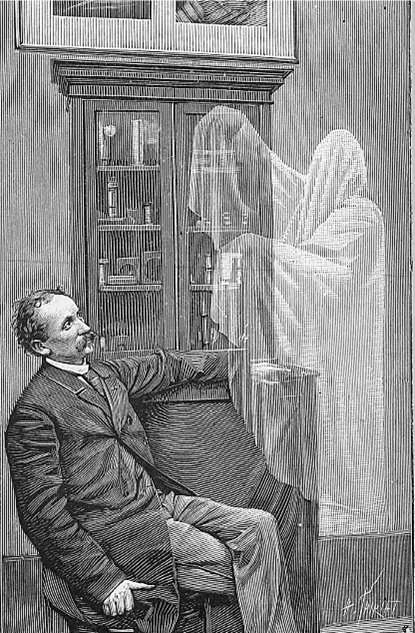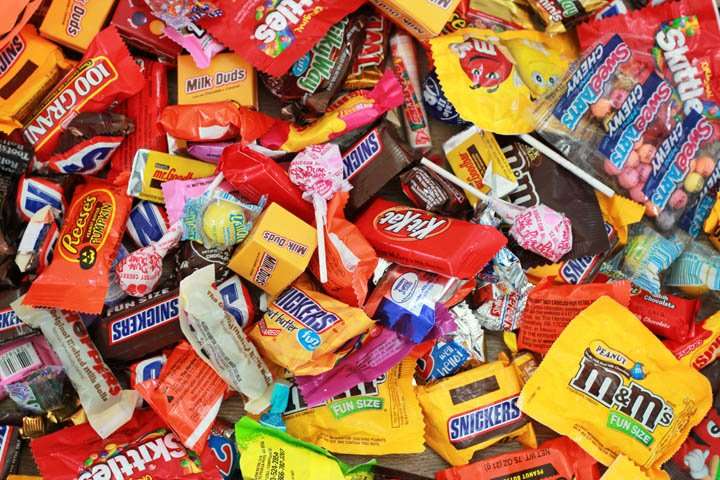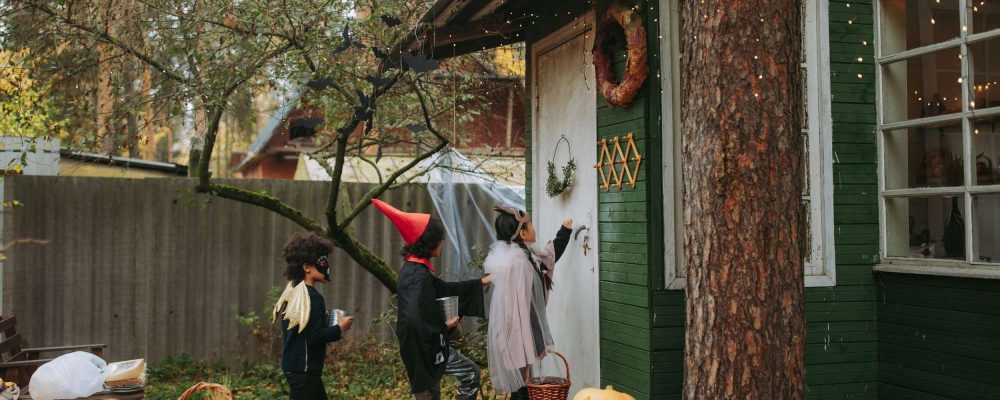Weather permitting, the evening of October 31st will be one filled with costumed children (and the occasional teen in denial) Trick or Treating at your door. They will magically appear with a pillowcase or jack-o-lantern bucket in hand expecting to receive candy.
The holiday of Halloween has come a very long way from when it began. Centuries before the middle ages, there was a day dedicated to honoring the souls of the newly dead, as well as fending off ghosts looking to wreak havoc. You can imagine how shocked our ancestors must be that today, we welcome some of those ghosts to our doorsteps with candy.
Who were the first trick-or-treaters?
The first trick-or-treaters were poor children in medieval Europe, who would go door-to-door in a practice called “souling”. In exchange for receiving food and money during Samhain (the eve of the Celtic New Year), they would offer to pray for the souls of their neighbors’ recently departed loved ones.

Soul cakes, which have a long and storied history of their own, were often the ‘food’ received for souling: one soul cake = one soul saved. Here are two soul cake recipes that you can hand out to your trick or treaters as an alternative to candy. Keep in mind that they are best served the day you bake them.
A traditional soul cake recipe – noted on NPR
Pumpkin Spice Soul Cake Recipe – from Chef Nathan Lyon
Another tradition for Samhain was to wear a mask so you would not be recognized or bothered by ghosts. This practice was known as “guising”.
Becoming Halloween As We Know It
Many centuries later, in the 1800s, the Catholic Church rebranded Samhain as All Hallows Eve. Instead of praying for souls in exchange for treats, children began performing: telling jokes, singing or dancing in a tradition called “mumming”. This should set off bells for any of you living in the Philadelphia area.
Fast forward to the 1920s-1930s: “Guising” has become the wearing of masks and costumes, “mumming” has become the “Trick”, and “soul cakes” have become the “Treat”, most often candy.
Here in the United States, there was a break in trick or treating during WWII because of the sugar shortage and the Great Depression prior to the war. But after the war, the celebration of Halloween and trick or treating took off!
The Top Halloween Candies: Chocolate, Chocolate, and More Chocolate
Key to the success of Halloween is owed to candy manufacturers who recognized an opportunity when they saw it.
Milton Hershey was one of the first to see the boon to be gained by tying Halloween with candy. Of course, the Milk Chocolate Hershey bar was an instant hit with trick or treaters. When Hershey bought out manufacturer Harry Reese, Reese’s chocolate covered peanut butter cup instantly became another Halloween winner.
There are certainly other coveted Halloween candies which include Mars’ Milky Way, Snickers, and Three Musketeers bars, and any form of M&Ms, and Nestle’s KitKat bar and Crunch Bar.
Are you seeing a theme here? Of course you are. It’s that perennial sweet tooth pleaser: chocolate! Once only available to members of the higher social classes, companies like Hershey, Mars, and Nestle made it possible for everyone to enjoy this decadent treat.
While there are many candies to offer to trick or treaters, according to a recent poll conducted by Monmouth University, here are the most popular Halloween candies:
Reese’s Peanut Butter Cups – 36%
Snickers – 18%
M&M’s – 11%
Hershey bars – 6%
Candy corn – 6%
Skittles – 5%
Starburst – 4%
Tootsie Pops – 2%
*Brett Molina, USA Today

Note that five of the eight listed involve chocolate. Can we say it clearly enough? Chocolate is in a class of its own in the world of candy.
Halloween comes around but once a year. This October 31st offer your trick or treaters a treat with a smile, ‘ooh’ and ‘aah’ at their costumes, and have fun. Throw on a costume yourself! But remember, if you don’t want to be known as “that” house, be certain that at least one treat involves chocolate!


